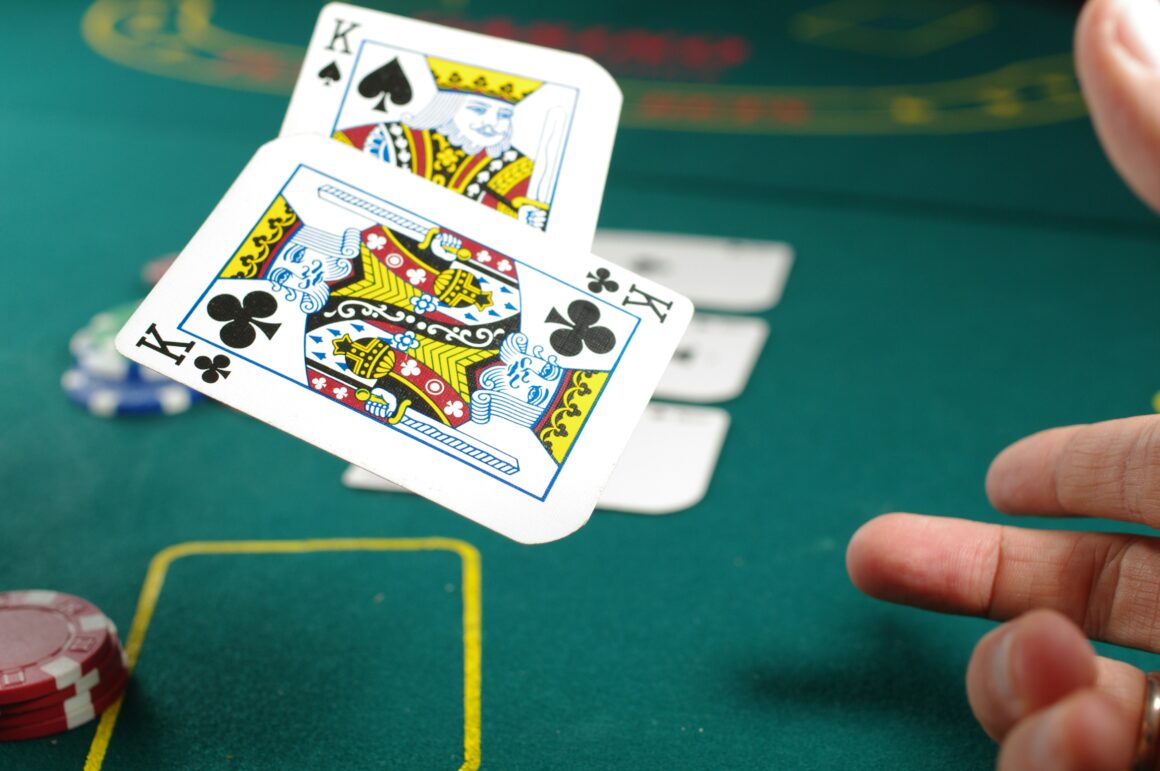In past centuries, the British ruled over a majority of the world’s population and land. The Guardian reports the percentage of countries that have been invaded by Britain at 90%. While British imperialism is much less frequent now than before, it’s influences are still seen in countries that were impacted the most.
The strained relationship between India and Britain is often thought of when discussing imperialism. The British first began their quest for control in the mid 18th century, though they had relations with the Indians centuries prior. Fast forward to 1947, when the Indian Independence Bill granted the country the autonomy that was taken from them centuries prior.
More than seventy years later, Indian culture is still swayed by previous British influences, leading to harmful repercussions for both Indians in-country and the others spread around the world. While the effects pervade most aspects of Indian society, one distinct area stands out, especially for women- beauty standards.
Growing up as Indian, I was taught that “lovely, fair” skin was superior to brown skin. I was taught to eat fruits and vegetables not just for the health benefits, but for the twisted hope that it would make my skin lighter. In a predominantly brown country, how did white skin become preferred? The answer is actually quite plain: eurocentric beauty standards. When the British invaded India, they brought their standards with them. White skin became representative of wealth, and thus was desired by many Indians who wanted the same privileges and status that came with it.

In recent decades, the practice of skin bleaching has become more common among dark-skinned Indians, particularly girls. Skin bleaching is the process of lightening one’s skin with products that usually contain dangerous chemicals that can have damaging effects. The Conversation reports that a 2014 marketing study found that almost 90% of Indian girls cite skin lightening as a “high need.” This staggering percentage is downright depressing, considering the fact that so many girls feel that the color of their skin is something to be fixed rather than appreciated.
Vogue India and Bollywood are also culprits in perpetuating the same beauty standards for Indian women. A majority of models that work with Vogue India have lighter skin. While it’s not uncommon for North Indians to have lighter skin, it’s wrong to choose lighter women primarily to represent the country on fashion and beauty fronts. Take the Siddh Couture show at Lakmé fashion week in 2020 as an example. The thirteen woman represented are mostly light skinned, with an exception of three.
We see a similar trend with Krsna Couture at Lakmé fashion week , who’s models were largely lighter skinned. Finally, if we take a look at the Tanieya Khanuja show during Lakmé, we are once again presented with the same pattern of unbalanced representation. While Vogue India is making strides towards diversity and inclusion, they still have a ways to go before they equally represent dark-skinned Indian women as frequently as lighter Indian women. While Vogue India is making strides towards diversity and inclusion, they still have a ways to go before they equally represent dark-skinned Indian women as frequently as they do lighter Indian women.

Bollywood is a famously large component of the Indian film industry that is wholly in Hindi. Bollywood, like Vogue India, is infamous for casting light skinned Indian women to play their roles. If we look at Pink 2016, then we’ll see firsthand Bollywood’s preference for lighter skinned female actresses.
Due to the prevalence of Bollywood and its large extent throughout the world, it’s important that the industry showcases the diversity that India has to offer. Not only are they representing India to the rest of the world, they are also setting standards for the young woman in India who watch these movies and wonder why they don’t look the same as the actresses.
British imperialism, though it has influenced hundreds of other nations, has left a lasting mark on Indian culture that remains to this day. While change won’t happen over night, there are steps we can take towards eradicating such unrealistic beauty standards. If we make an effort to change the way we talk and view ourselves, then outside opinion will begin to matter less and less. We just have to see the true beauty in ourselves and Indian culture.
Featured Image via Pixabay


